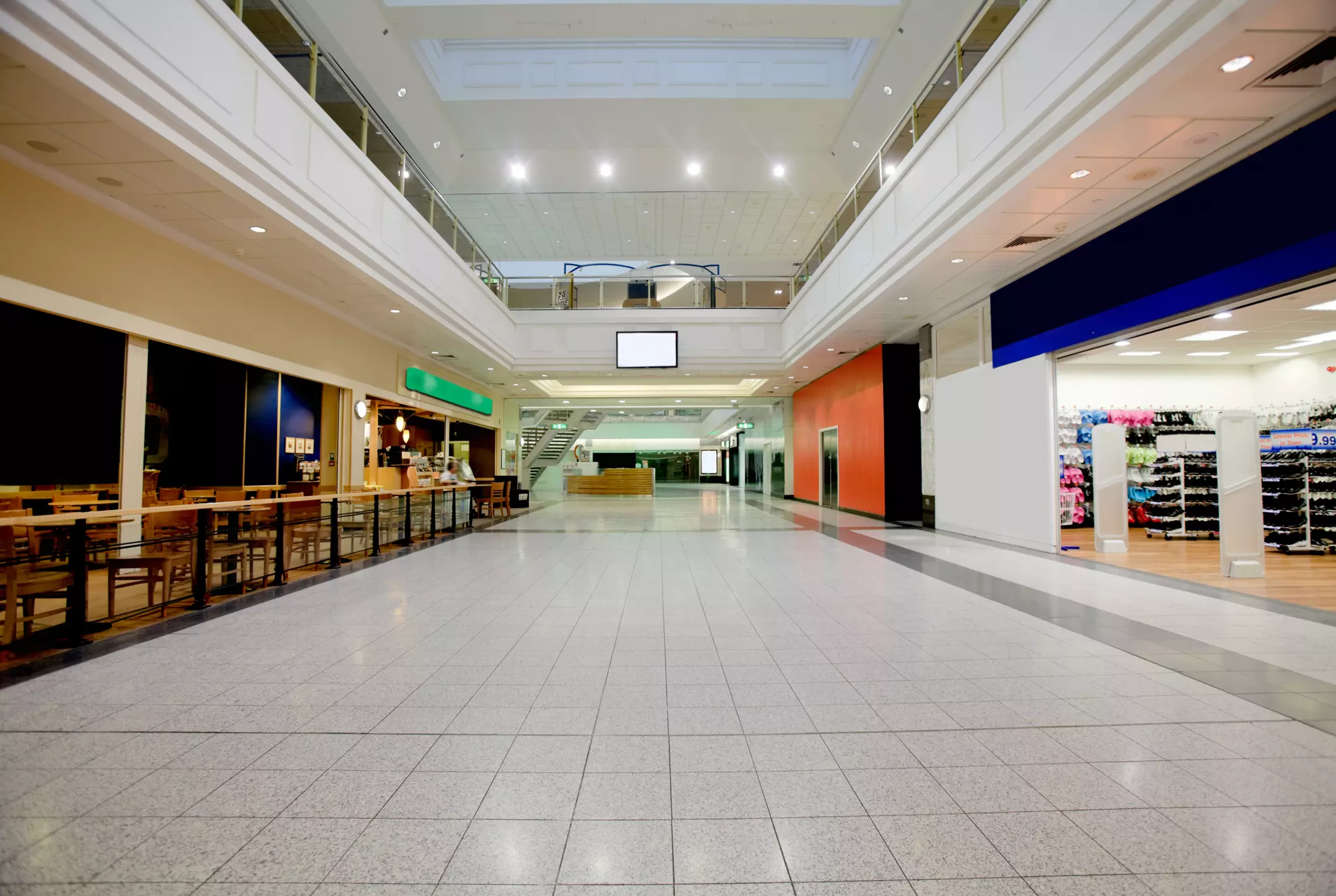
Ghost malls: A stark indicator of India’s economic shift
The rise of ghost malls signifies the urgent need for a strategic overhaul of retail spaces in India

A recent survey by real estate consultancy firm Knight Frank indicates a troubling trend: the rise of “ghost malls” across India.
According to the Knight Frank India report “Think India Think Retail 2024”, the number of shopping malls with a vacancy rate exceeding 40 per cent increased from 57 in 2022 to 64 in 2023 across eight major Indian cities.
Significant shifts in economy, consumer behaviour
Commercial centres with high vacancy rates vividly exemplify significant shifts in the economy and consumer behaviour. In the last quarter of 2023, private consumption grew at a sluggish 2.8 per cent, considerably lower than the overall GDP growth rate of 8.4 per cent. This divergence is attributed to weak farm production, high price pressures, and low household savings.
Despite robust GDP growth, the slow consumption growth is concerning. It suggests that economic expansion is not being driven by the usual consumption-led growth, which traditionally fuels economic activity. Instead, growth is being propelled by government spending and investment, which are less sustainable in the long term.
Economic factors exacerbate the challenges faced by these malls. With private consumption accounting for 60 per cent of India’s GDP and growing sluggishly at 3.5 per cent in the last quarter of 2023, consumer demand, especially in the retail sector, is evidently weak. This weak demand is reflected in the increase in unemployment, which peaked at 8 per cent in February 2024 from 6.8 per cent in January, further undermining consumer confidence and purchasing power.
The negative sentiment extends to the automotive sector, a cornerstone of the economy. According to Economic Times, car manufacturers face a record stockpile of 4 lakh units worth Rs 44,000 crore. Sales of entry-level cars, heavily reliant on the rural market, have declined over the past three years due to low farm wages and a decrease in non-farm wages.
Corporate performance also paints a grim picture. In the quarter leading up to March 2024, net profits of 296 companies declined by 15.7 percent, compared to a 10.8 percent growth in the corresponding quarter of the previous year. Net sales growth was anaemic at 5.6 per cent. According to Madan Sabnavis, chief economist of Bank of Baroda, these figures are particularly troubling for consumer-oriented businesses.
E-Shopping: The mall killer
The rise of ghost malls is significantly driven by the overwhelming trend of e-shopping. The pandemic accelerated this shift, making almost anything available at the click of a button. This shift has naturally reduced foot traffic in physical stores, particularly smaller malls that cannot match the diverse offerings of online platforms.
In 2023, the total gross leasable area (GLA) of ghost malls reached 13.3 million square feet, up 58 per cent from 8.4 million square feet in 2022.
This resulted in an estimated loss of value of Rs 6,700 crore ($798 million) for mall developers. The National Capital Region (NCR) had the highest ghost mall stock at 5.3 million square feet, followed by Mumbai with 2.1 million square feet and Bengaluru with 2 million square feet. Hyderabad was the only city to see a decline in ghost mall space, the Knight Frank report said.
Competitive and operational challenges
Beyond changing consumer behaviour, increased competition is squeezing corporate margins. Agile and innovative new entrants, particularly from the technology sector, often outpace traditional retail businesses. This competitive pressure, combined with inadequate management and weak infrastructure, makes smaller malls less attractive to consumers and potential tenants. Poor tenant mix, subpar management practices, and inadequate maintenance create a vicious cycle of neglect and vacancy.
The way forward
The prognosis for ghost malls is grim. However, there are innovative ways to repurpose or redevelop these spaces:
1. Conversion to Residential or Commercial Spaces: Transforming empty mall spaces into residential apartments or office spaces can address housing shortages and provide alternative revenue streams.
2. Mixed-Use Developments: Combining residential, commercial, and recreational spaces can revitalise these areas and attract diverse groups of people.
3. Demolition and Rebuilding: In some cases, the best option may be to demolish existing structures to make way for new, viable projects.
The increasing number of ghost malls is a stark reminder that retail dynamics in India have changed. Mall owners and developers must adopt proactive and innovative strategies to improve the shopping experience and repurpose retail spaces. By doing so, they can transform underperforming assets into vibrant community centres that meet the evolving needs of consumers.
The rise of ghost malls signifies the urgent need for a strategic overhaul of retail spaces in India. Sensible development and adaptive strategies could revive these properties, better serving the future of the community and the economy.

